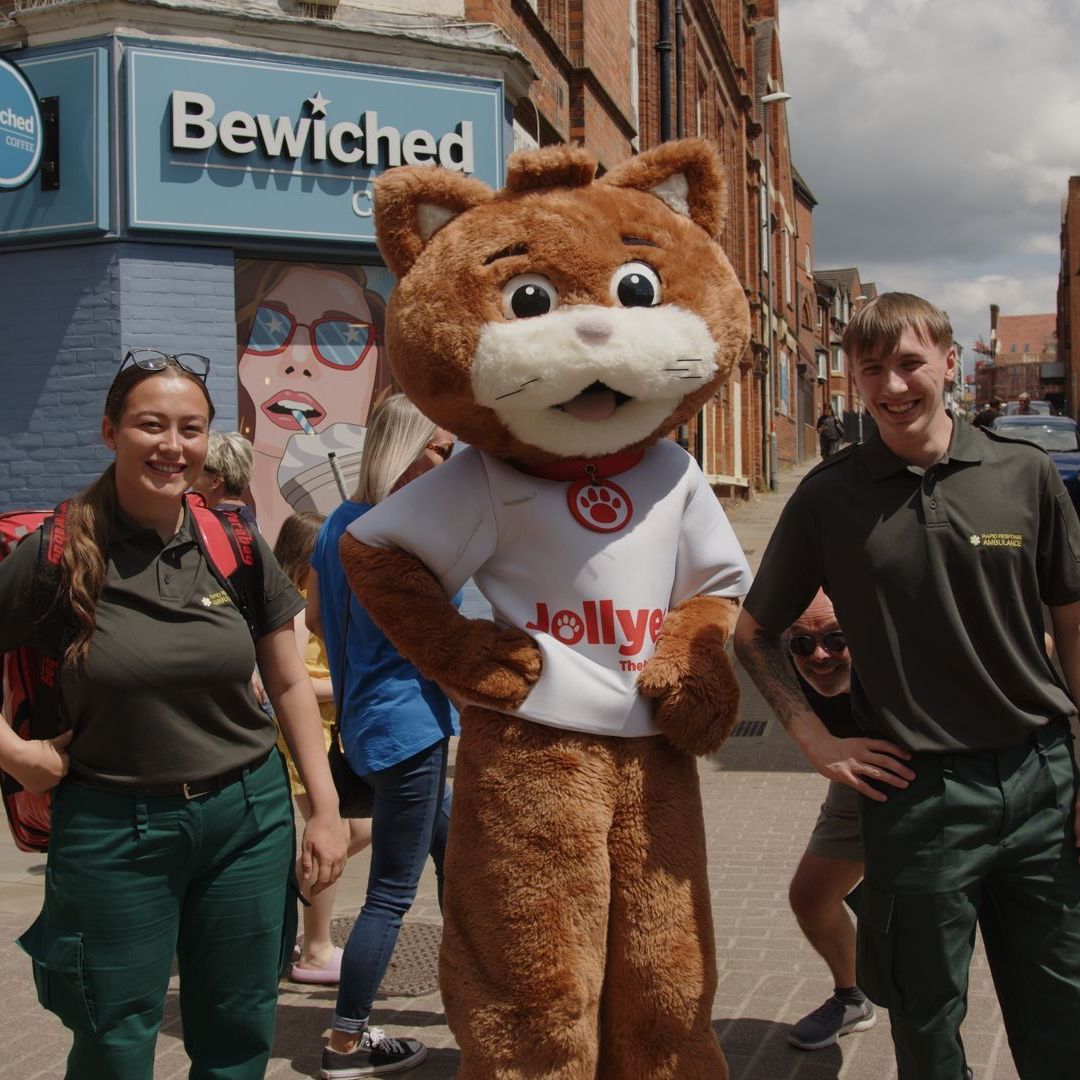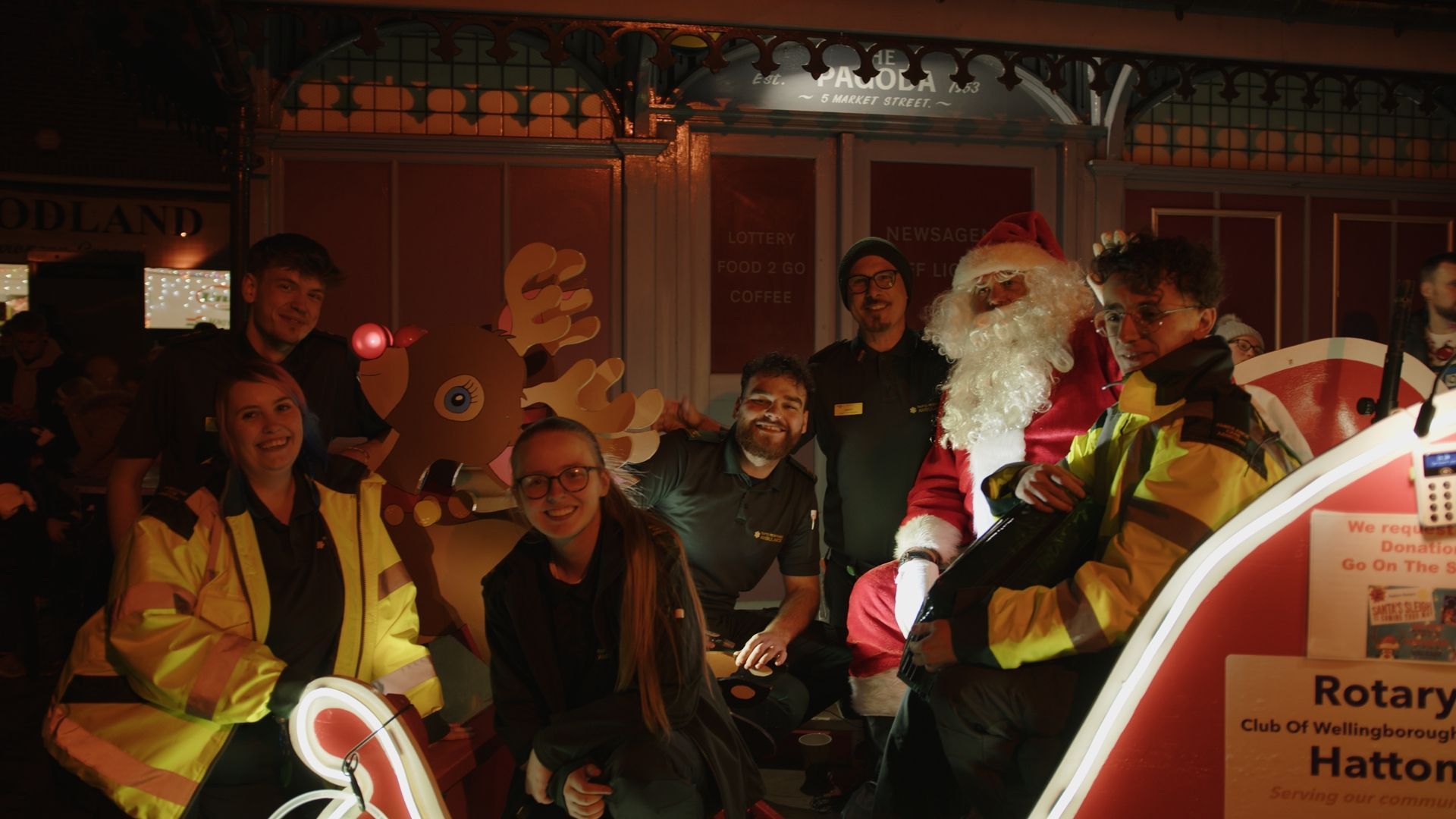The Purple Guide: Understanding the Tier System
This is a subtitle for your new post

Event Medical Cover Explained: The Purple Guide Tier System
Introduction: Why Event Medical Cover Matters
When planning any event, whether it’s a local community fair or a large-scale festival, ensuring the safety and wellbeing of attendees is a top priority. A crucial element of this is providing the right level of medical cover for events.
The Purple Guide—formally known as The Event Safety Guide—is one of the UK’s most trusted resources for event safety planning. It provides guidance on health, safety, and welfare, including a tiered medical system that helps organisers plan proportionate medical cover.
By following the Purple Guide’s recommendations, event organisers can reduce risk, keep attendees safe, and remain compliant with local authority and safety advisory requirements.
What is the Purple Guide?
The Purple Guide is a UK publication created by the Event Industry Forum, with input from the Health and Safety Executive (HSE). It provides best practice guidance on all aspects of event safety, from crowd management to first aid and medical provision.
It’s widely used by:
- Event organisers
- Local authorities and licensing bodies
- Emergency services
- Safety Advisory Groups (SAGs)
- Event medical providers
Find out more here: www.thepurpleguide.co.uk
The Purple Guide Tier System for Event Medical Cover
Medical cover at events depends on more than just attendance numbers. The tier system in the Purple Guide considers multiple factors, including:
- Event size and duration
- Complexity of activities
- Risk of alcohol and drug use
- Environmental conditions (e.g., heat, terrain)
- Audience profile, including vulnerable groups
The system is divided into five tiers, ranging from Tier 1 (small, low-risk events) to Tier 5 (the largest and most complex gatherings).
Tier 1: Small and Simple Events
Tier 1 events are the smallest and least complex, typically attracting fewer than 500 attendees and lasting only a few hours. These events are generally very low risk, with little or no alcohol consumption, no hazardous activities, and a low likelihood of hospital referrals. At this level, advanced clinicians such as paramedics, nurses, or technicians are not required, but the presence of professional event medical staff is still recommended. Roles such as Emergency Care Assistants (ECAs) or Urgent Care Assistants (UCAs) are more suitable than standard workplace first aiders, as they are trained specifically for event medical provision. Their presence ensures that attendees have access to a safe and reliable standard of care, with clear routes in place for escalation to the NHS ambulance service if necessary.
Tier 2: Medium-Sized, Low-Risk Events
Tier 2 events generally involve up to 2,000 attendees and may run for several hours or a full day. These gatherings often include social alcohol consumption and can result in minor medical presentations, though the overall risk profile remains relatively low. At this tier, medical provision should be delivered by professional staff rather than volunteers, with ECAs or UCAs forming the core of the medical team. A nominated medical lead should be in place to ensure coordination and effective response to incidents. Depending on the nature of the event, ambulance support may be considered, but typically the focus remains on well-organised on-site treatment delivered by trained event medical professionals.
Tier 3: Larger Events with Moderate Risk
Tier 3 events can attract up to 5,000 people and are often multi-day or long-duration. These events present a moderate level of risk, with higher incidences of alcohol and drug use, an increased likelihood of illness, and a broader range of medical emergencies to manage. At this stage, the medical plan must be more comprehensive. A clinical lead with pre-hospital experience, such as a paramedic or nurse, should oversee the operation. The wider medical team is typically made up of a mix of paramedics, technicians, ECAs, UCAs, and support staff to ensure the event is covered from both a primary care and emergency response perspective. Ambulance provision becomes important to allow for safe and timely hospital transfers without leaving the site uncovered. Medical facilities at this tier should be suitably equipped to manage both trauma and medical emergencies, with clear communication channels established with local NHS ambulance services.
Tier 4: Large, Complex Events
Tier 4 applies to large, complex events of up to 10,000 attendees, often lasting multiple days and featuring higher risks due to activities, environment, and expected levels of alcohol or drug use. Medical provision at this level requires a highly coordinated and fully staffed team. A senior clinical lead, supported by doctors, paramedics, and nurses, is responsible for overseeing a wide multidisciplinary team that may also include technicians, ECAs, and UCAs. Multiple ambulances are required to ensure ongoing cover while allowing patient transfers to hospital, and medical facilities should be substantial, strategically located, and equipped to deal with trauma, substance misuse, safeguarding concerns, and general medical presentations. Command and control structures are essential, along with robust communication systems to coordinate resources and manage incidents effectively.
Tier 5: The Largest and Most Complex Events
Tier 5 represents the most complex and demanding events, typically involving more than 10,000 attendees, multi-day durations, and high-risk factors such as crowd surges, intoxication, safeguarding challenges, and potential security threats. At this level, medical provision must operate at the scale of a temporary healthcare system. A senior clinical lead, often a doctor with expertise in emergency medicine or pre-hospital care, oversees a large team made up of doctors, nurses, paramedics, technicians, ECAs, UCAs, and specialist support staff. Multiple ambulances and response vehicles are required to maintain on-site cover while managing patient transfers. A dedicated medical control hub coordinates resources, communications, and escalation procedures, with full major incident and contingency planning built into the medical plan. Collaboration with NHS ambulance services, police, and local authorities is essential to ensure resilience and the ability to manage mass-casualty scenarios.
Why Use the Purple Guide Tier System for Medical Planning?
The Purple Guide tier system is designed to make medical planning:
- Proportionate – resources match the risks
- Efficient – prevents unnecessary strain on NHS services
- Compliant – aligns with Safety Advisory Group (SAG) expectations
- Proactive – considers site conditions, audience profile, and vulnerable groups
- Safe – ensures timely medical intervention when needed
👉 By using the Purple Guide, event organisers can demonstrate due diligence, reassure stakeholders, and deliver a safer event experience.
Guidance and support
For further Guidance and support please out to the team - EventsTeam@RapidresponseAmbulance.co.uk or 01536 906 236
Conclusion
The Purple Guide’s tier system is an essential tool for any organiser planning event medical cover in the UK. From small community events to large-scale international festivals, understanding which tier applies ensures that attendees receive the right level of care.
By adopting this structured, risk-based approach, organisers can protect public health, reduce liability, and create safer, more enjoyable events.
For responsible, compliant, and effective event planning, familiarise yourself with the Purple Guide and its tier system before your next event.
Sources
- The Purple Guide
- HSE – Event Safety Guidance
- NHS England – Event Medical Provision Guidance
- Event Industry Forum – Medical Provision Guidance
- Local Government Association – Safety Advisory Groups



